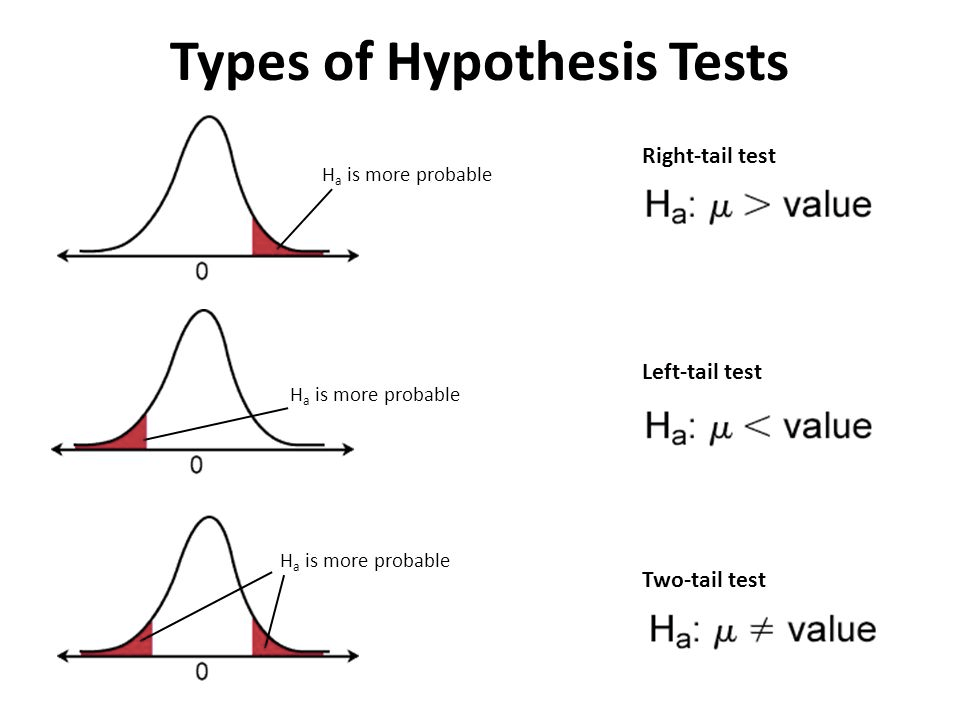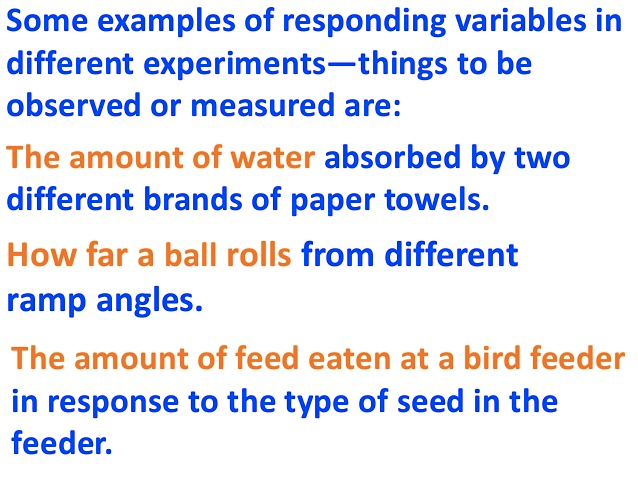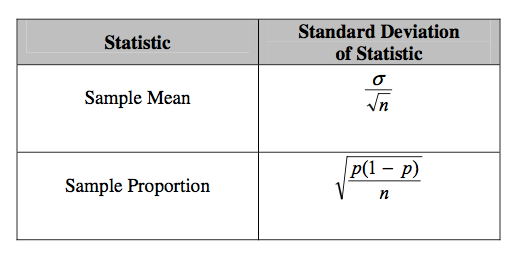Question 10
The type I error is the error of rejecting the null hypothesis when the null hypothesis is true.

Question 13

- The right-tailed test is used. So there is a 5 percent area in the rejection region in the right tail of the sampling distribution. If we construct a 90 percent confidence interval, then the upper confidence limit will match the critical value. If the test of hypothesis is rejected at a 5 percent level of significance, then the test statistic fell in the rejection region. In other words, the hypothesized value of mean did not belong to the 90 percent confidence interval.
Question 18
A binomial model counts the number of successes out a fixed number of attempts at a task when each attempt has a constant probability of success


Question 20

Question 25
- The population of interest is the population you are trying to draw an inference about from the collected data sets.
Question 31
Response variable is about each sample, not the whole samples

Question 33

Notice the difference between sample mean and sample proportion

Question 37
- Equality of standard deviations is not necessary for a t-test to be valid. One of the conditions of a t-test is that the underlying populations must be normally distributed.